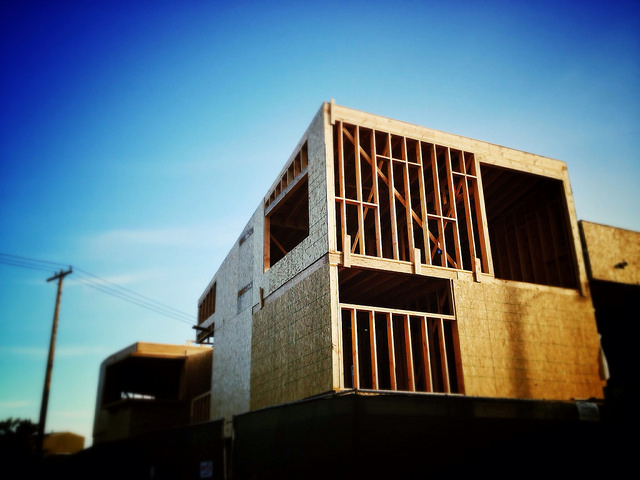Each month, Fannie Mae surveys Americans to get a feel for how people view the housing market, home prices, mortgage rates, and whether or not it’s a good time to buy or sell a home. According to the most recent results of their Home Purchase Sentiment Index, the end of summer coincided with a boost in optimism among potential home buyers, especially current renters. In fact, the increase in respondents who said they felt now was a good time to buy a house helped push the overall index to an all-time high. Doug Duncan, Fannie Mae’s chief economist, says the rise in optimism mirrors the decline in participants who feel home prices will continue to climb. “Details in the survey showed a meaningful pickup in the good time to buy component, especially from renter respondents,†Duncan said. “Additionally, perceptions of easing inventory helped boost the net share saying that now is a good time to buy, which is consistent with less bullish home price appreciation sentiment during the month.†In short, Americans feel like home price increases are beginning to slow, which makes this fall a good time to buy a home. More here.













